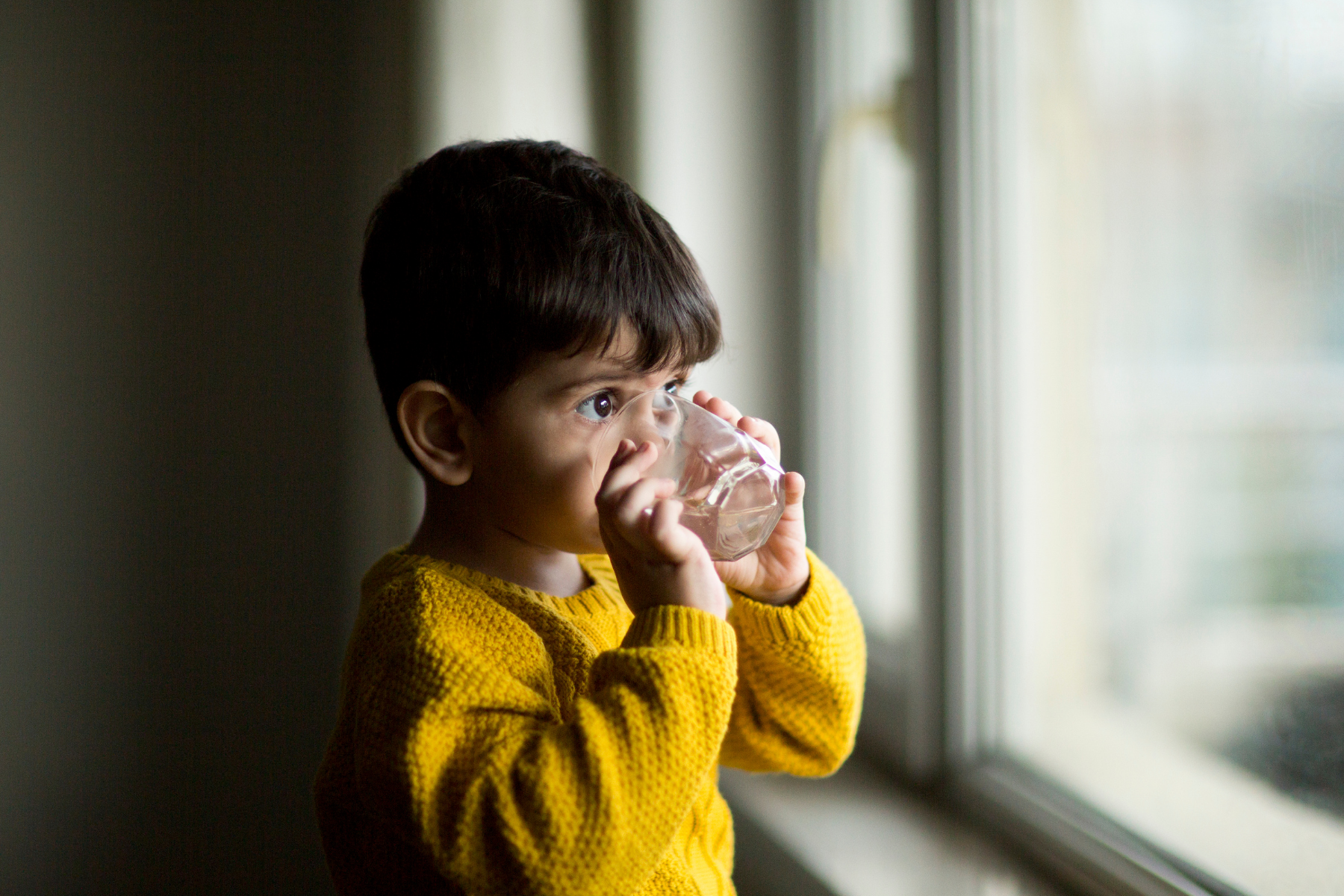
Update: The PFAS Prevention Package was introduced in the 2022 legislative session. all but one of the 8 bills made it into the final Environmental Omnibus bill in the House. Like most bills this year, it did not pass by the end of session. However, with the issue of these harmful “forever chemicals” continuing to gain visibility and concern, we expect to keep making progress on state policy next session.
The Minnesota Legislature is gathering now for their 2022 session. Last year Clean Water Action helped to pass a ban on PFAS (The Forever Chemicals) in Food Packaging and successfully worked to protect more Minnesota children from lead, but our work to protect you and your family from toxics doesn’t stop there!
This session, Clean Water Action will be working hard to
- Oppose attempts to weaken or repeal environmental protections
- Advance commonsense legislation like banning PFAS from a whole list of product categories
- Advocate for the removal of lead drinking water pipes across Minnesota
- Updating our aging water infrastructure
PFAS
When it comes to PFAS "forever chemicals", we need to stop pollution at the source. By banning PFAS use in our everyday products, we can reduce exposure in our homes while also preventing these toxic chemicals from ending up in our soil, air and water. This legislative session, Clean Water Action will pursue what we're calling the PFAS Prevention Package. This package of bills will include:
Disclosure:Companies that use PFAS need to let the state of Minnesota know so we have an accurate picture. CWA supports requiring disclosure of how they are using PFAS chemicals in the products they produce, how much is being used, and the intended purpose.
Prohibiting PFAS Use in High Exposure Risk Products:
Many products that use PFAS are directly and disproportionately affecting the health of our water, environment, and families now – even though safer alternatives exist. Clean Water Action is advocating for the prohibition of PFAS in the production of these products:
- Ski wax. This is a recreational use that is not essential and deposits PFAS directly into the environment and into our waterways as the snowpack melts.
- Cookware. Like the ban on food packaging that was passed in 2021, cookware can be a direct and significant route of exposure to PFAS in our homes and bodies.
- Cosmetics. Products that we put on our skin should not contain hazardous chemicals.
- Juvenile Products. As is the case with other contaminants like lead or flame retardants, children are especially at risk from PFAS because smaller amounts are toxic and children are in crucial stages of development.
- Carpet, Furnishings, Aftermarket Treatments. Stain-resistance is convenient, but places PFAS in our homes where we spend the most of our time.
- Outdoor Wear, Uniforms and other Textiles. PFAS is often used in extreme weather-resistant clothing or as a stain-resistant additive. In some cases, just a couple PFAS-coated jackets could contaminate a landfill's leachate to the point where it tests above what's considered safe.
- Firefighter turnout gear and expanding prohibition on firefighting foams. Firefighters already have one of the highest cancer rates in the nation. We can reduce their exposure and the runoff from firefighting foams by strengthening our existing restrictions on foam use and adding turnout gear.
Lead
And while that is more than enough to keep us busy, we will also be hard at work to address lead exposure as well. Lead exposure disproportionately impacts Black, brown, and Indigenous Minnesotans, children, people with disabilities, and people with low incomes. Getting the lead out is crucial to advancing justice for all people. Clean Water Action will work with partners to advance legislation and federal funds to replace 100,000+ lead drinking water service lines across Minnesota. We’ll be pushing for The Residential Lead Service Line Removal Grant Program that will fully fund replacing all lead service lines in Minnesota, prioritizing communities most impacted by lead.
Water Infrastructure
In addition, Clean Water Action will continue to fight for funding for communities to address their aging and inadequate water infrastructure. We will be working with the Fix the Pipes Alliance to secure at least $300 million in water infrastructure bonding to replace and improve aging infrastructure and upgrade water treatment facilities. The amount should maximize our ability to take advantage of the anticipated federal match made possible by the bi-partisan federal infrastructure legislation.
There are so many other things that we will be advocating for with allies from across the environmental community and with the support of members like you! Stay tuned to hear more as the Session gets underway by following us on Facebook and Twitter and signing up for and reading our email action alerts. When you send a message on these important issues to your lawmakers, and when you encourage friends and family to do the same, it really does make a difference.
Finally, consider renewing your membership or making a special donation to keep our work going! Contributions will help fund our political work for the year and ensure that Clean Water Action can continue to fight for people and against polluters. Whether you’re able to donate $5, $10 or $100 you can be part of the solution! We’ll never be able to out fund industry opposition, but with more voices from communities across the state, we can continue to fight for what’s right – and win!
Thank you for your support, and here’s to making progress for clean water and a healthy future!


